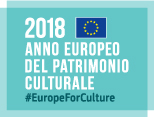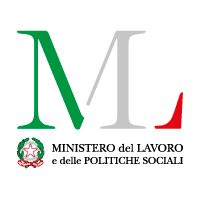Mole Antonelliana, has been located in the monumental Palazzo Carignano since 1938. The Palace, designed in the latter half of the 17th century by great architect, Guarino Guarini is considered one of Europe’s finest examples of baroque architecture. The museum was completely renovated in 2011 for the celebrations of the Unification of Italy, and shows the process of unification in a context of making nationalities in the Europe of the same period, in thirty rooms, from the revolutions of the 18th century to the threshold of the First World War. At the centre of the museum, it is possible to see the “Camera Subalpina”, the only parliament from 1848 to be preserved in its original state in Europe, and at the end, is the majestic room used for the Parliamentary Chamber of the Kingdom of Italy. Since it was founded, the Museum of the Italian Risorgimento, which was given “national” status in 1901, has also been home to the historic archives, specialist library and cabinet of iconography.
The National Museum of the Italian Risorgimento offers visitors the possibility to choose different routes, designed to meet the needs of people with disabilities. Specifically, there is a video guide in Italian sign language for the shorter visit, available to deaf visitors and lasting about 45 minutes. Using simple, accessible but at the same time, rigorous language it explains the theme that guided the general layout of the museum, using three particularly significant items inside each of the 30 rooms. Visitors can also use the free “MuseoRisorgimento” app that can be downloaded to their own device and which reveals the content of museum in 9 different languages, including Italian sign language.
Opening times:
10:00 – 18:00, Tuesdays to Sundays
(ticket office closes at 17:00)
Closed on Mondays
We invite you to visit the Museum website for eventual events, openings and / or extraordinary closures.
All museum areas are accessible to visitors with disabilities
Click here for more information about the museum’s accessibility services


